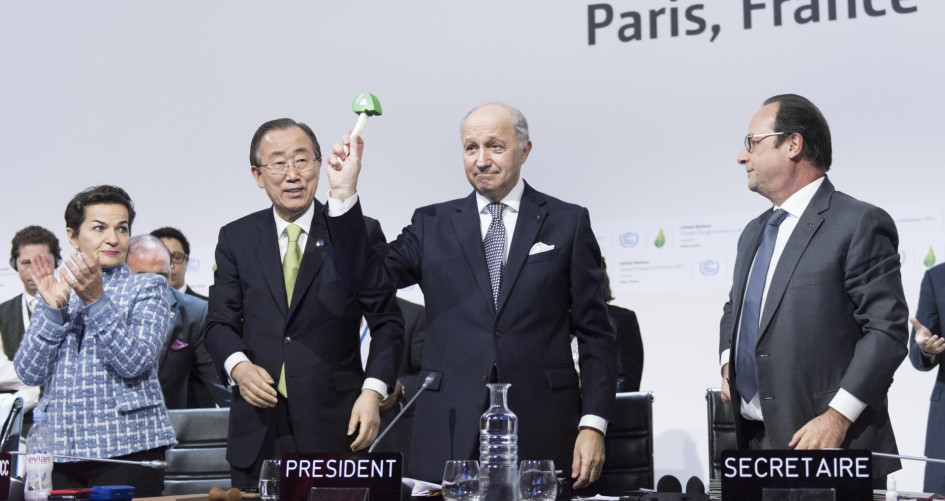The Paris Agreement is a legally binding international treaty on climate change. It was adopted by 196 Parties at COP 21 in Paris, on 12 December 2015 and entered into force on 4 November 2016. Its goal is to limit global warming to well below 2, preferably to 1.5 degrees Celsius, compared to pre-industrial levels. To achieve this long-term temperature goal, countries aim to reach global peaking of greenhouse gas emissions as soon as possible to achieve a climate neutral world by mid-century. The Paris Agreement is a landmark in the multilateral climate change process because, for the first time, a binding agreement brings all nations into a common cause to undertake ambitious efforts to combat climate change and adapt to its effects.
Many factors contributed to this remarkable achievement:
Credit: © Haju Staudt | UN Climate Change
- Political leadership by heads of state and government, including the largest emitters, manifested in a record gathering of world leaders on the first day of the Paris Conference.
- A strong and committed negotiation President and presidency team, which worked tirelessly for success, consulting widely, listening to all and maintaining trust throughout.
- Mobilization by environmentalists, business, cities and local governments, faith communities, and other stakeholders
- A dedicated, professional and impartial secretariat team, advising the presidency and efficiently managing the intergovernmental process to help ensure an ambitious and legitimate result.
This section of the exhibition was made possible through a generous donation from We Mean Business.
-
Credit: UN Climate Change

